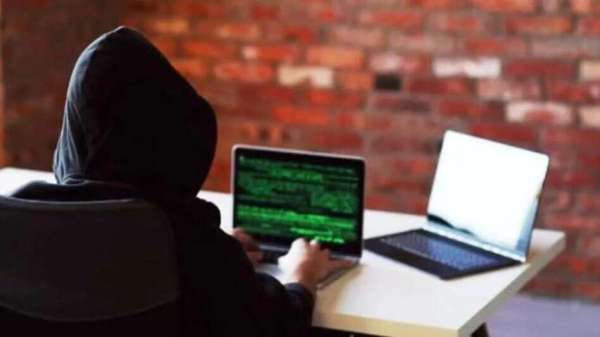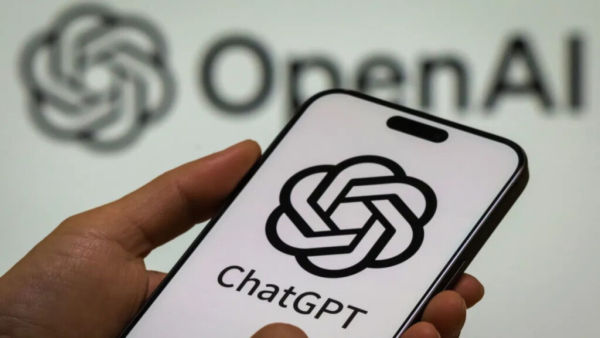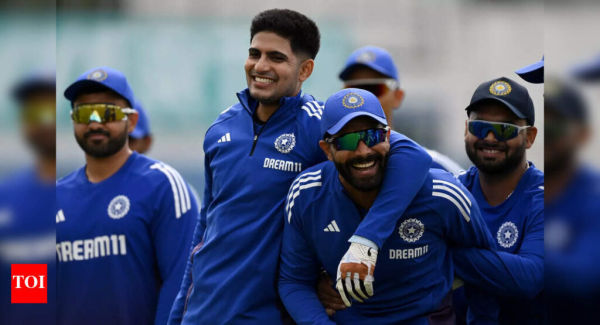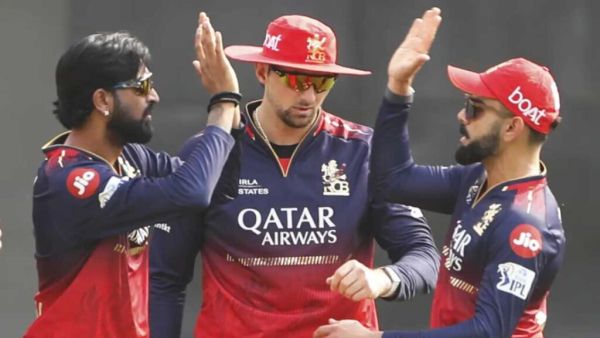
The 60th year has a certain special significance in the Indian ethos, and its beginning is often marked by ceremonies and a sense of life’s work almost done. This must hold true for political parties too. Would the Shiv Sena, which entered its 60th on June 19th, believe that its time has been well spent articulating the concerns that a sub-nationalist party in Maharashtra should have, or would it be sobered by its chequered history and the uncertainty it faces today? Before an answer to that question can be attempted, the fundamental question is: Which of the two factions—headed by Uddhav Balasaheb Thackeray and Eknath Shinde—is the real Shiv Sena, after all?
It is remarkable indeed that the movement for native identity that turned into a political party, which could bring Bombay/Mumbai to a halt on one word from its late founder Balasaheb Thackeray, should face a crisis of identity itself. The name of the party, its symbol, and the political legacy are not with the Thackerays since 2022 but with Shinde, the man who led the party’s most damaging rebellion in its history and, aided in no small measure by India’s ruling party, walked away with the Shiv Sena. He, rewarded with the posts of the chief minister in the past and now deputy chief minister, claims the political legacy of the late Thackeray, leaving Uddhav and his clan twiddling their thumbs.
The Shiv Sena has had its rebels over the decades, from Chhagan Bhujbal to Narayan Rane and the in-house doppelganger, Raj Thackeray. They chipped away at the party; Shinde ousted Uddhav Thackeray. The common thread running through the rebellions and the party’s time in sharing power with the Bharatiya Janata Party at the centre, in the state and in local bodies, including the prized Brihanmumbai Municipal Corporation (BMC), has been the inability of the leadership to read the room. While the late Thackeray gave the BJP all he could to facilitate its rise, he did not anticipate playing second fiddle. Son Uddhav and grandson Aaditya have done no better at being checkmated. It must have something to do with the lack of a coherent, consistent ideology.
The Shiv Sena’s brand of belligerent violence, self-acclaimed part in bringing down the Babri Masjid, disgraceful role in the Bombay riots of 1992-93, digging up cricket pitches, disdain of the judiciary, and its shift of the ‘other’ from Gujaratis to south Indians to Muslims and north Indians deserve deeper socio-political studies.
Battle For Mumbai: Uddhav Thackeray & Eknath Shinde Clash On Shiv Sena Foundation DayThrough it all, what has remained steady is its incredible network of neighbourhood units, shakhas, and being in power in the BMC and other municipal corporations. The party and the Thackerays drew their authority from these. Whether Uddhav Thackeray manages to claw back his hold over them or Shinde deals the final blow will determine the Shiv Sena’s future. The need for a Maharashtrian sub-nationalist voice remains. Can the Shiv Sena be that anymore?
-
Be careful as soon as you see such messages, otherwise a mistake and bank book will be quickly empty

-
People who cheat in love are often like this, keep distance from the beginning otherwise your heart may break

-
When the chatgpt does not go, then who will become AI support? Know the best options

-
IND vs ENG: Who said what in India’s camp ahead of 1st Test against England

-
Suddenly this star of Virat’s RCB included in Preity Zinta’s team
